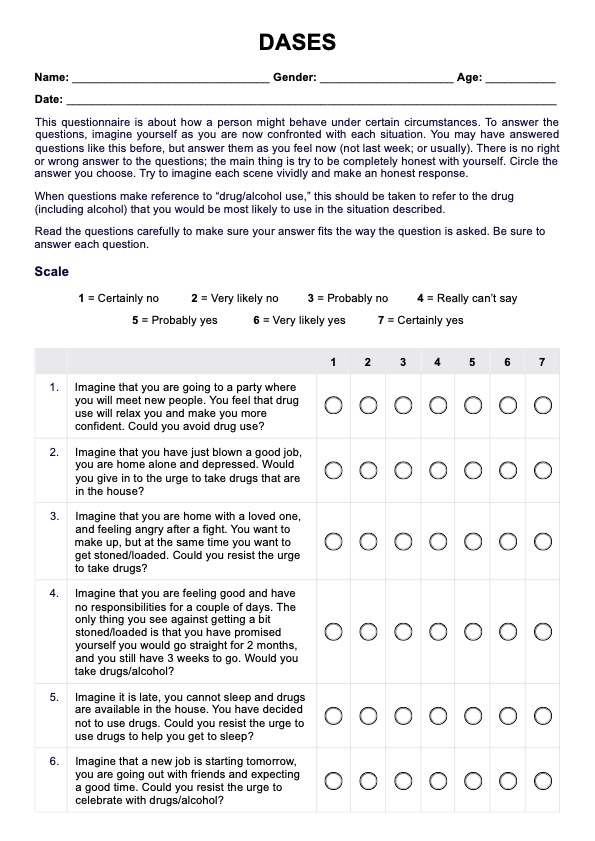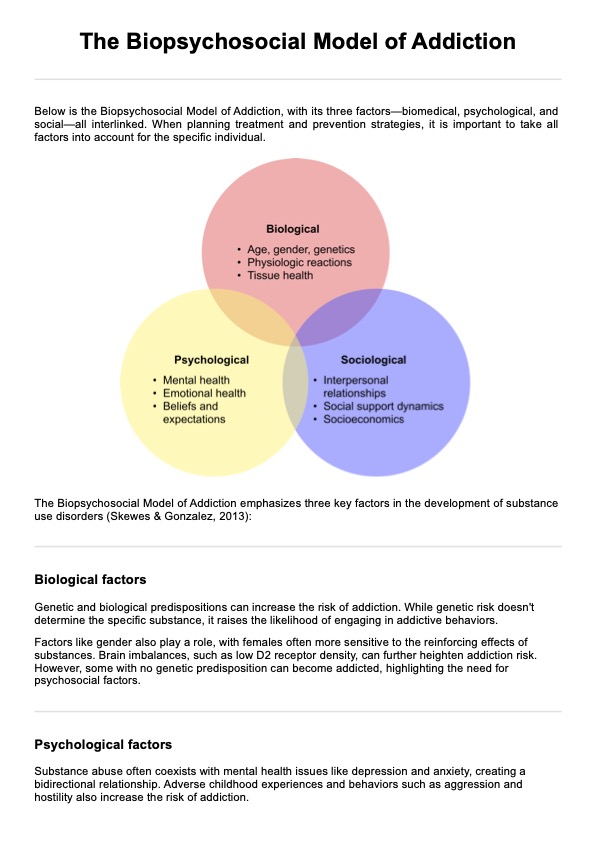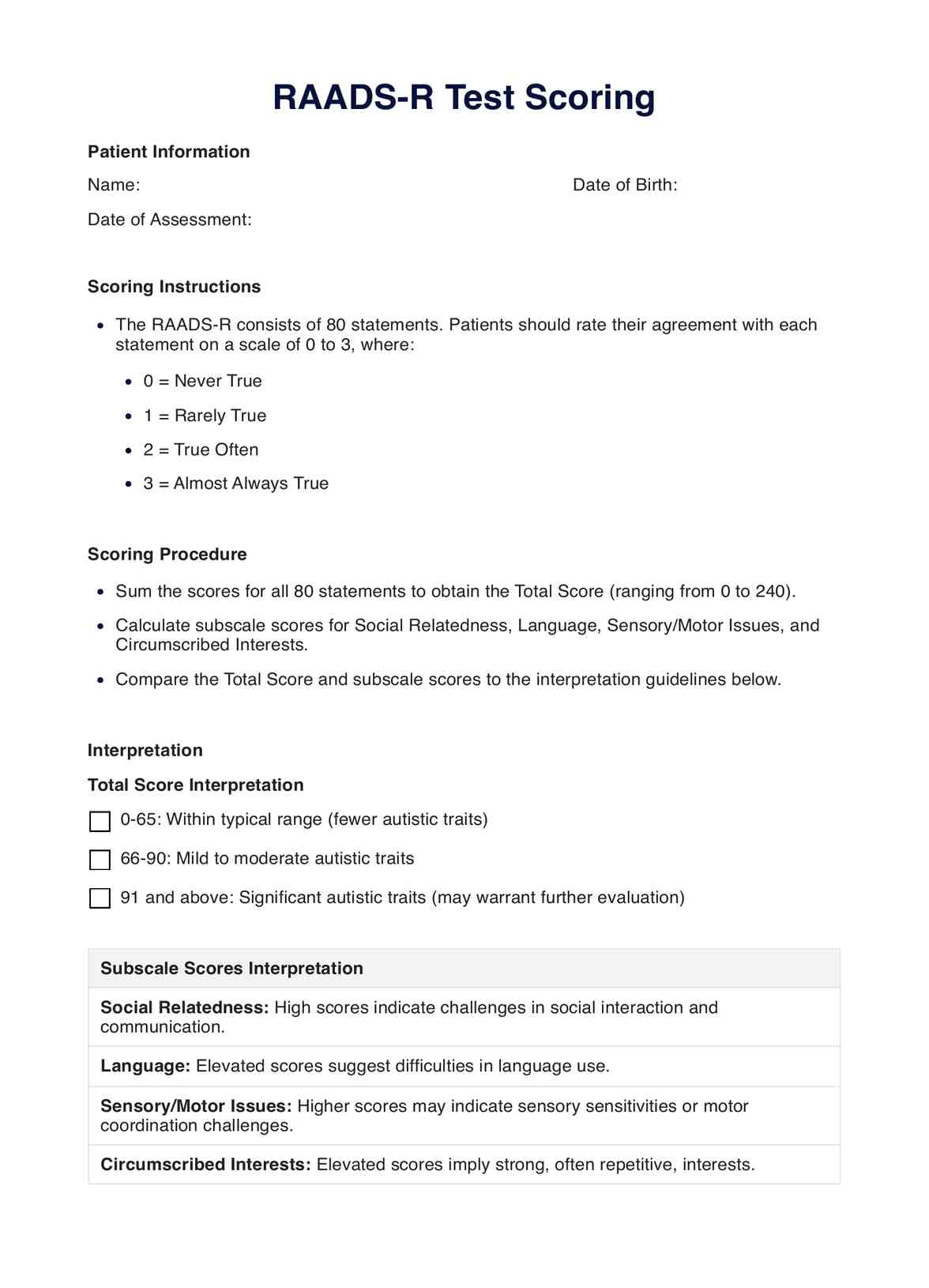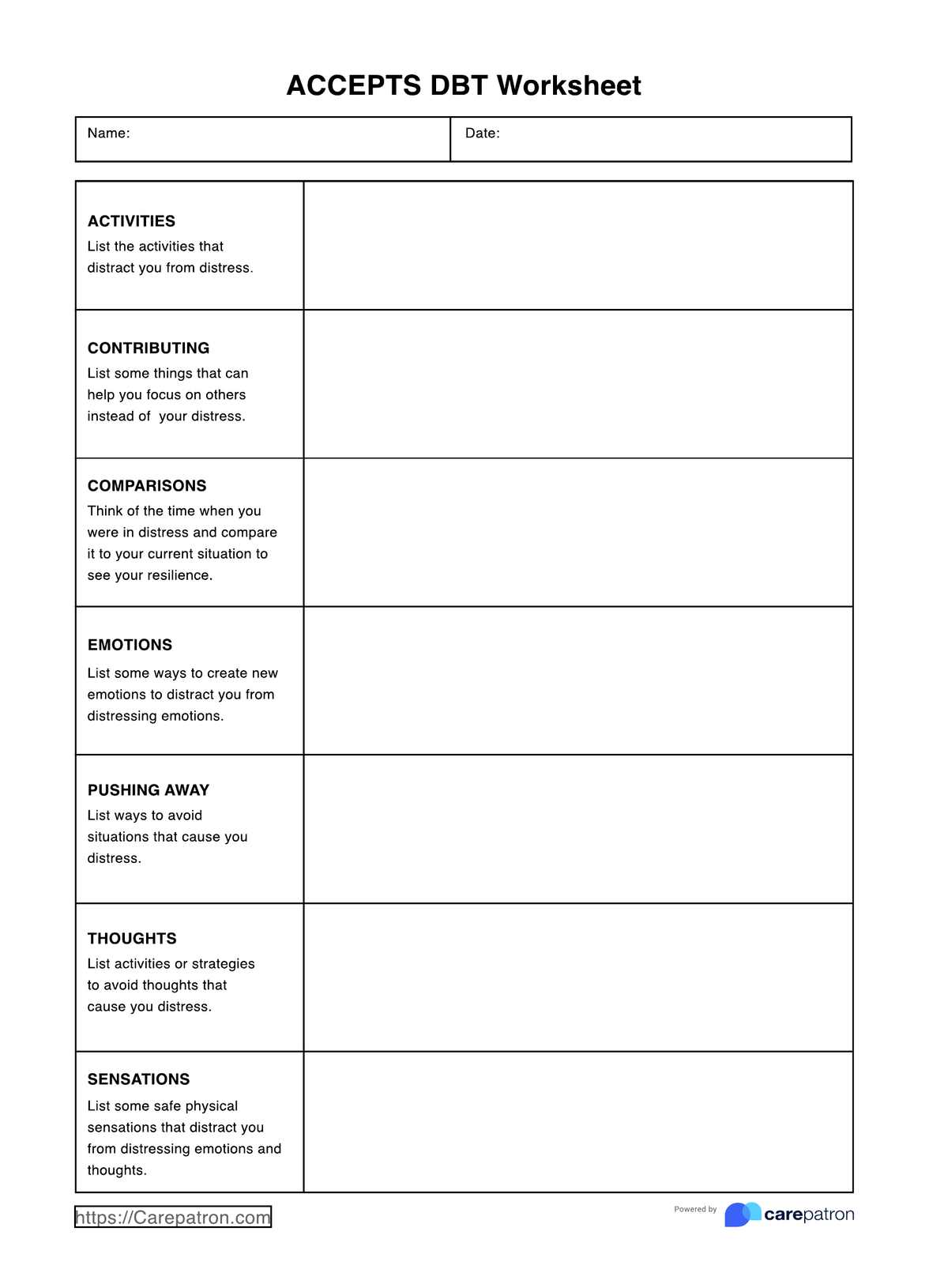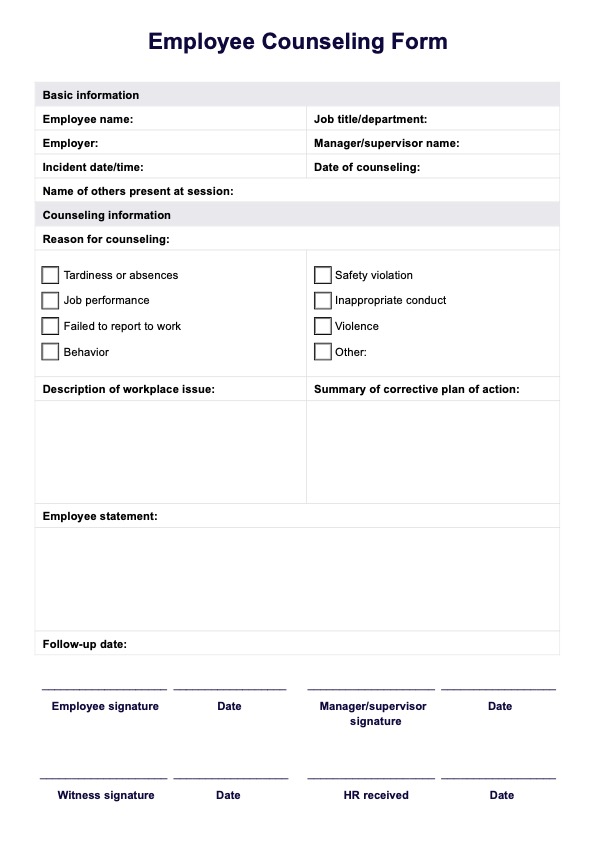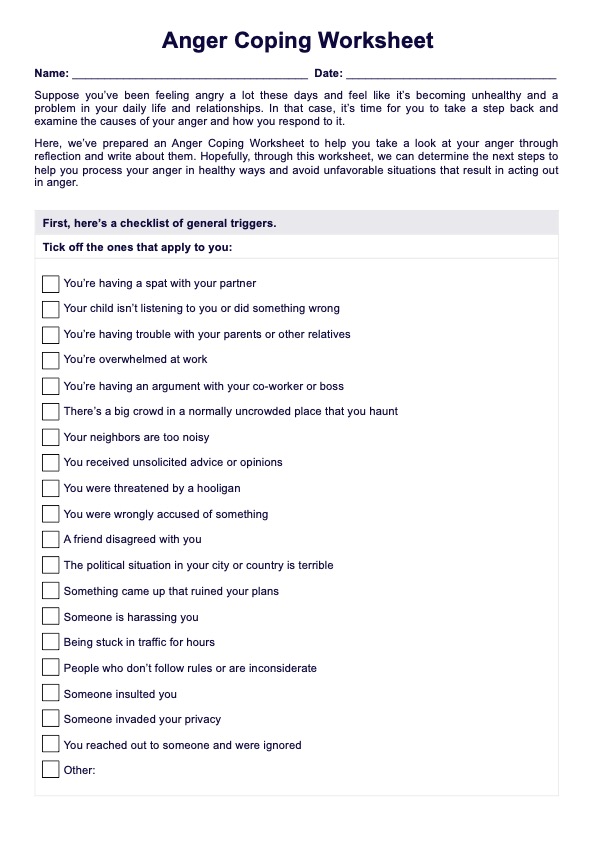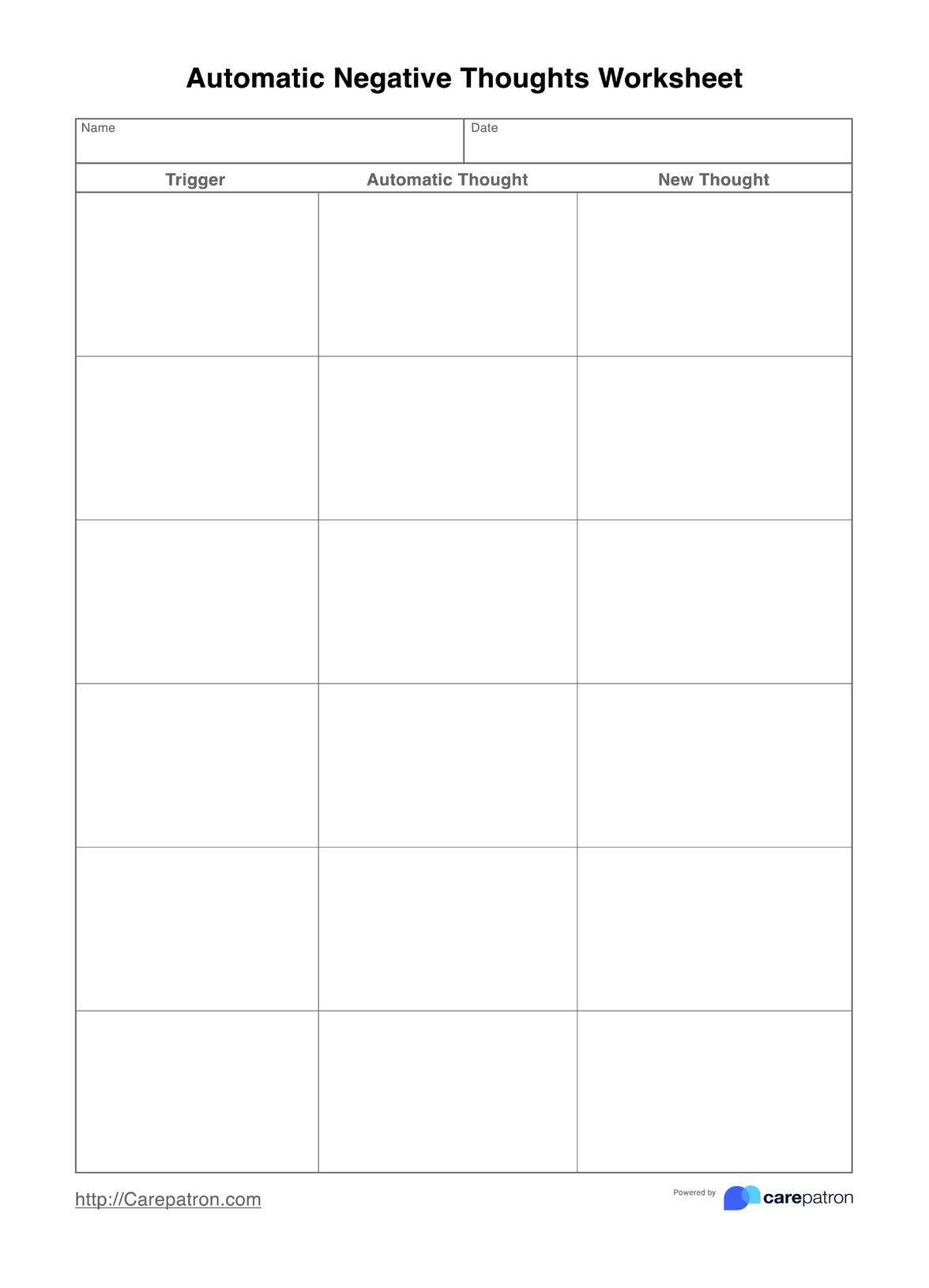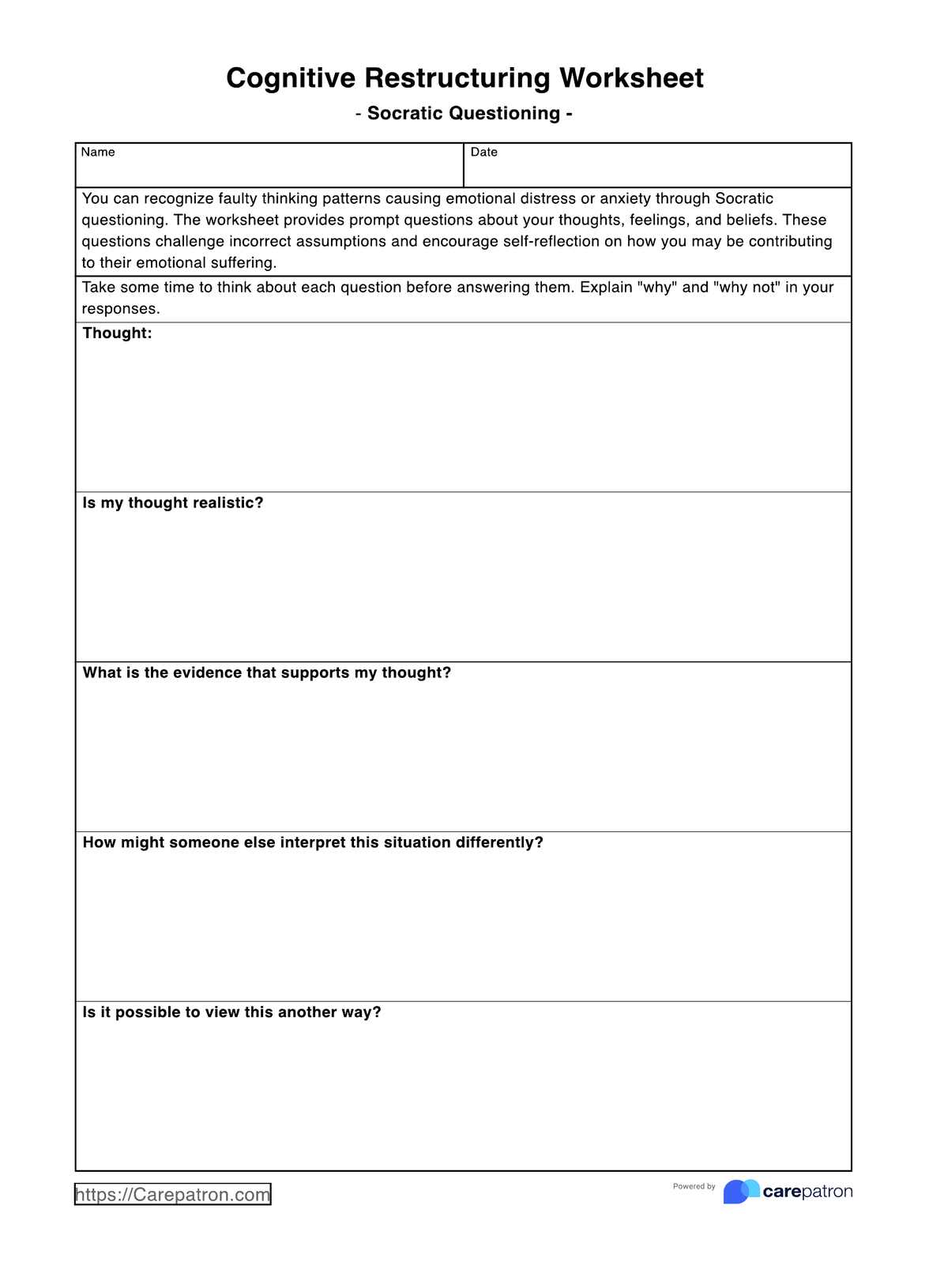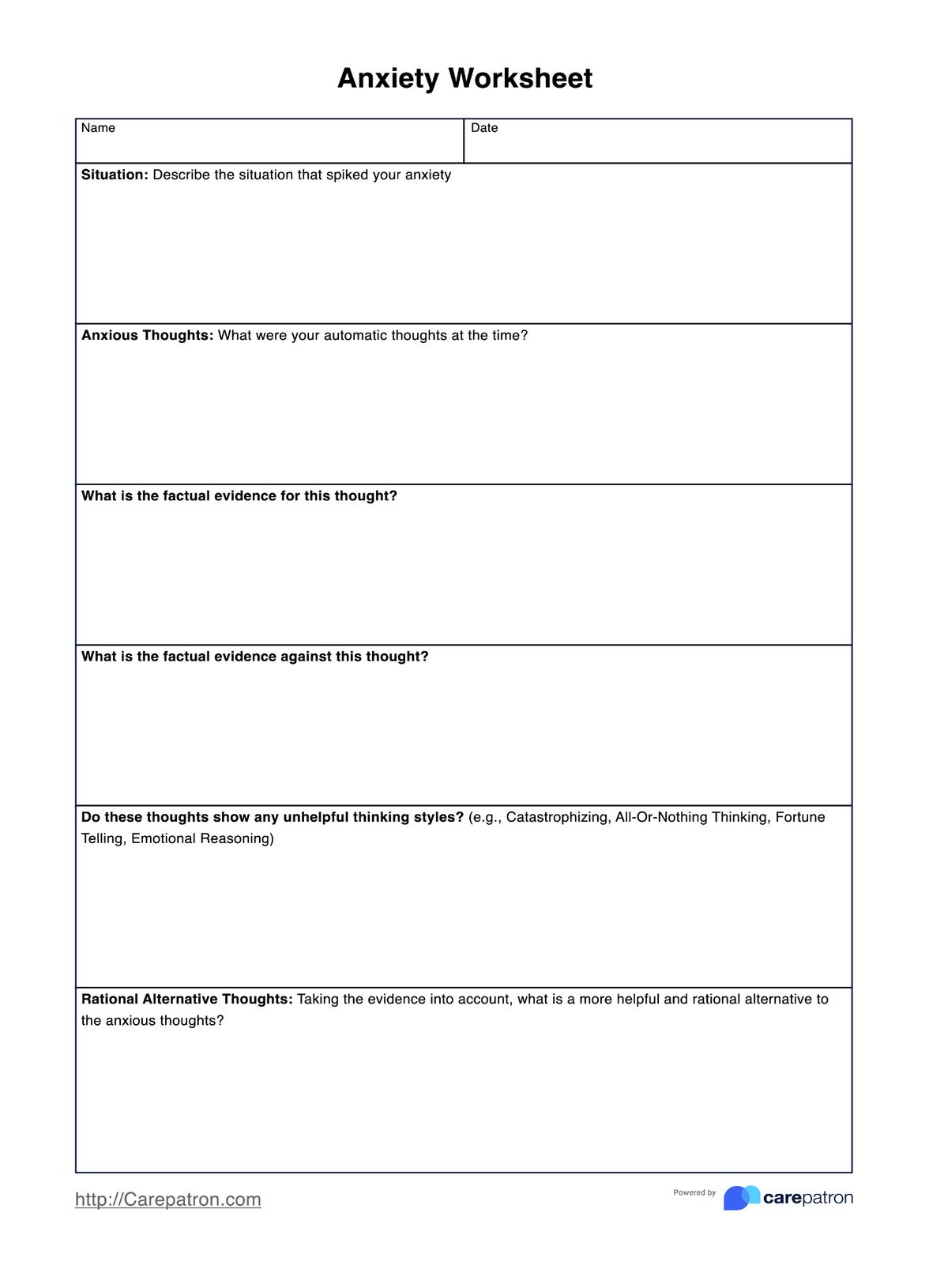Safety Plans
Understand the intricacies of Safety Plans, their significance, and how to utilize them for crisis management effectively. Download our free Safety Plan template.


What is a Safety Plan?
A Safety Plan is a collaborative tool developed between health providers and their clients to help manage and reduce the risk of suicidal behavior or self-harm. It's a structured, written document that outlines specific steps a person can take when experiencing a mental health crisis or suicidal thoughts.
The primary goal of a Safety Plan is to provide individuals with a clear, actionable strategy to stay safe during times of intense emotional distress. It typically includes:
- Recognition of personal warning signs
- Internal coping strategies
- Social contacts and settings that can provide distraction
- A family member or friend who can offer support
- Professional help and crisis resources
- Ways to create a safe environment by limiting access to lethal means
Safety Plans are personalized to each individual's needs, circumstances, and preferences. They're designed to be easily accessible and used independently by the client when they're struggling with suicidal ideation or are at risk for a suicide attempt. It is then important to make sure that clients understand the purpose of this resource.
Safety Plans Template
Safety Plans Example
How does it work?
The Safety Plan operates on a principle of self-guided crisis management, utilizing a step-by-step approach tailored to the individual's unique circumstances and needs.
Step 1: Identify warning signs
Help the client recognize personal warning signs that indicate they might be entering a crisis. These can include thoughts, emotions, or behaviors that typically precede suicidal ideation.
Step 2: Develop internal coping strategies
Work with the client to list activities they can do independently to distract themselves from problematic thoughts or feelings. These should be specific and feasible actions.
Step 3: Outline social supports and settings
Identify people and places that can provide positive distraction. This step helps clients remember they're not alone and have supportive environments to turn to.
Step 4: Establish emergency contacts
Create a list of trusted individuals the client can contact during a crisis. Include names and contact information for easy access.
Step 5: Provide professional resources
List contact details for mental health professionals, local urgent care services, and crisis hotlines.
Collaborate closely with the client throughout this process to ensure the plan is personalized and practical. Encourage them to keep the plan easily accessible, such as on their smartphone or as a printed card in their wallet.
When would you use this template?
The Safety Plan template is a valuable resource that may be used in various situations. It is intended to be a preventive measure and an effective means of navigating crises.
Ongoing mental health treatment
The Safety Plan is an important tool in one's mental health toolbox. It promotes self-awareness, self-management, and personal responsibility for mental health.
Suicidal thoughts or behaviors
When a person has suicidal ideation or a history of self-harm, the Safety Plan is an essential tool. It lays forth a clear path for the individual to follow to reduce the risk of harm by recognizing early warning indicators and activating coping techniques.
High-stress situations
Individuals may struggle to cope with life upheavals such as divorce, job loss, or sorrow. The Safety Plan can act as a grounding aid in these situations, providing a structured approach to dealing with the increased stress and sometimes overwhelming emotions.
Post-hospital discharge
A Safety Plan can help in the transition phase after a mental health-related hospitalization by giving an organized method to address potential emergencies outside of the hospital environment.
First responders and healthcare professionals
These persons can use the Safety Plan to assist clients or patients who are suicidal or experiencing a mental health crisis.
Educational institutions
Safety Plans can be used by school counselors, teachers, or university wellness centers to help students who are coping with mental health concerns or who are facing excessive stress during exams or due to personal circumstances.
Each situation necessitates a distinct strategy, underlining the importance of personalized, tailored Safety Plans that address individual requirements and situations.
Commonly asked questions
A safety contract in therapy is a written agreement between the therapist and client that outlines specific actions to be taken in situations where the client feels unsafe or at risk of harming themselves or others. This contract helps establish clear boundaries and expectations, ensuring both parties know the steps to take in emergencies. It can include details such as emergency contact information, crisis hotline numbers, and specific actions to be taken by the client or therapist in times of distress.
A clinical Safety Plan is a comprehensive document that outlines strategies and interventions designed to prevent or mitigate harm to the client or others. This plan may include medication management, crisis hotline numbers, emergency contact information, and strategies for managing triggers and coping with distress.
To write an effective Safety Plan, identify potential crisis situations and the client's specific needs and triggers. Collaborate with the client to develop a comprehensive plan with specific steps to respond to each situation. Ensure the plan includes emergency contact information, crisis hotline numbers, and strategies for managing triggers and coping with distress. Regularly review and update the plan with the client to ensure it remains relevant and effective in preventing or mitigating harm.


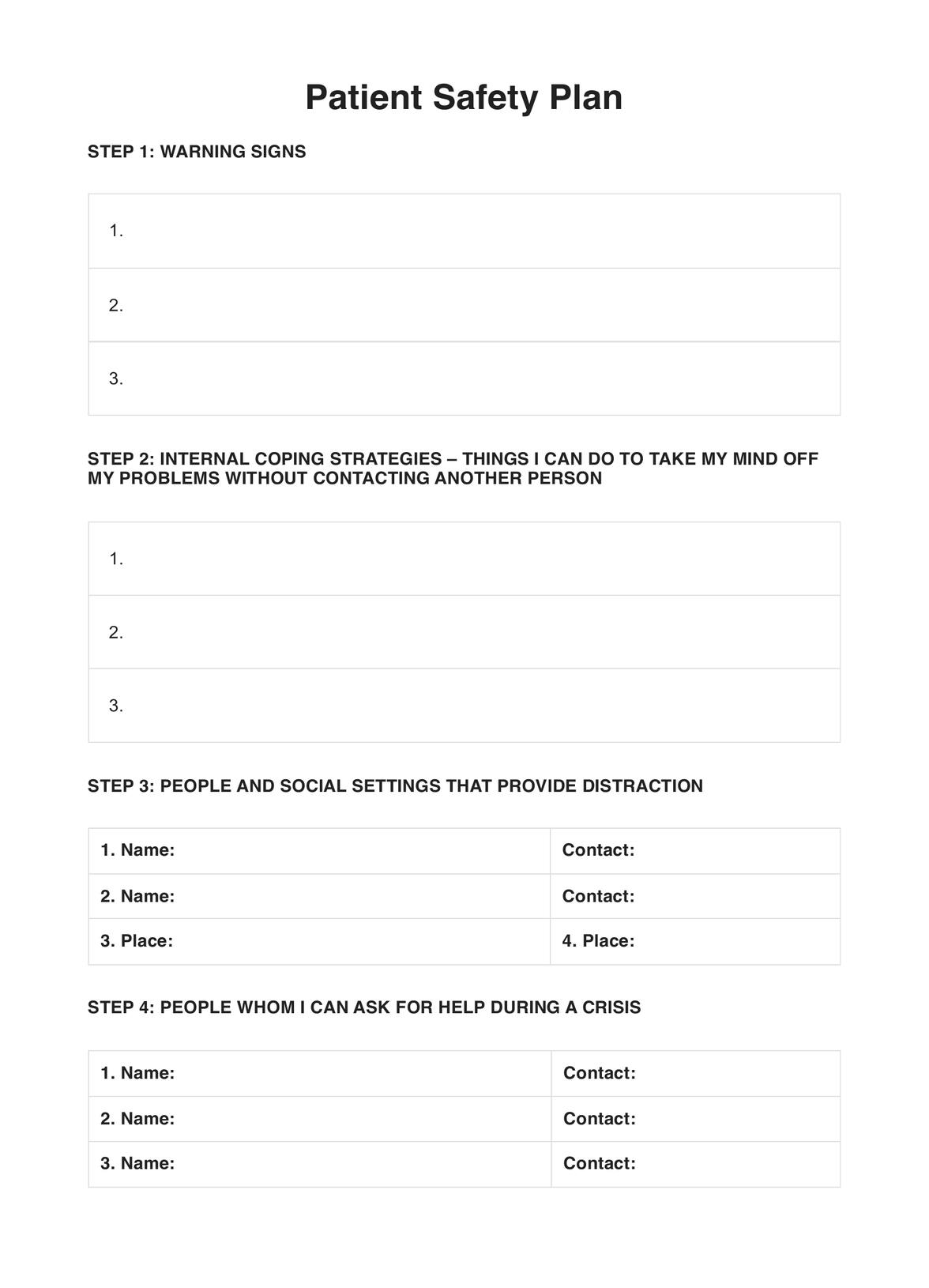
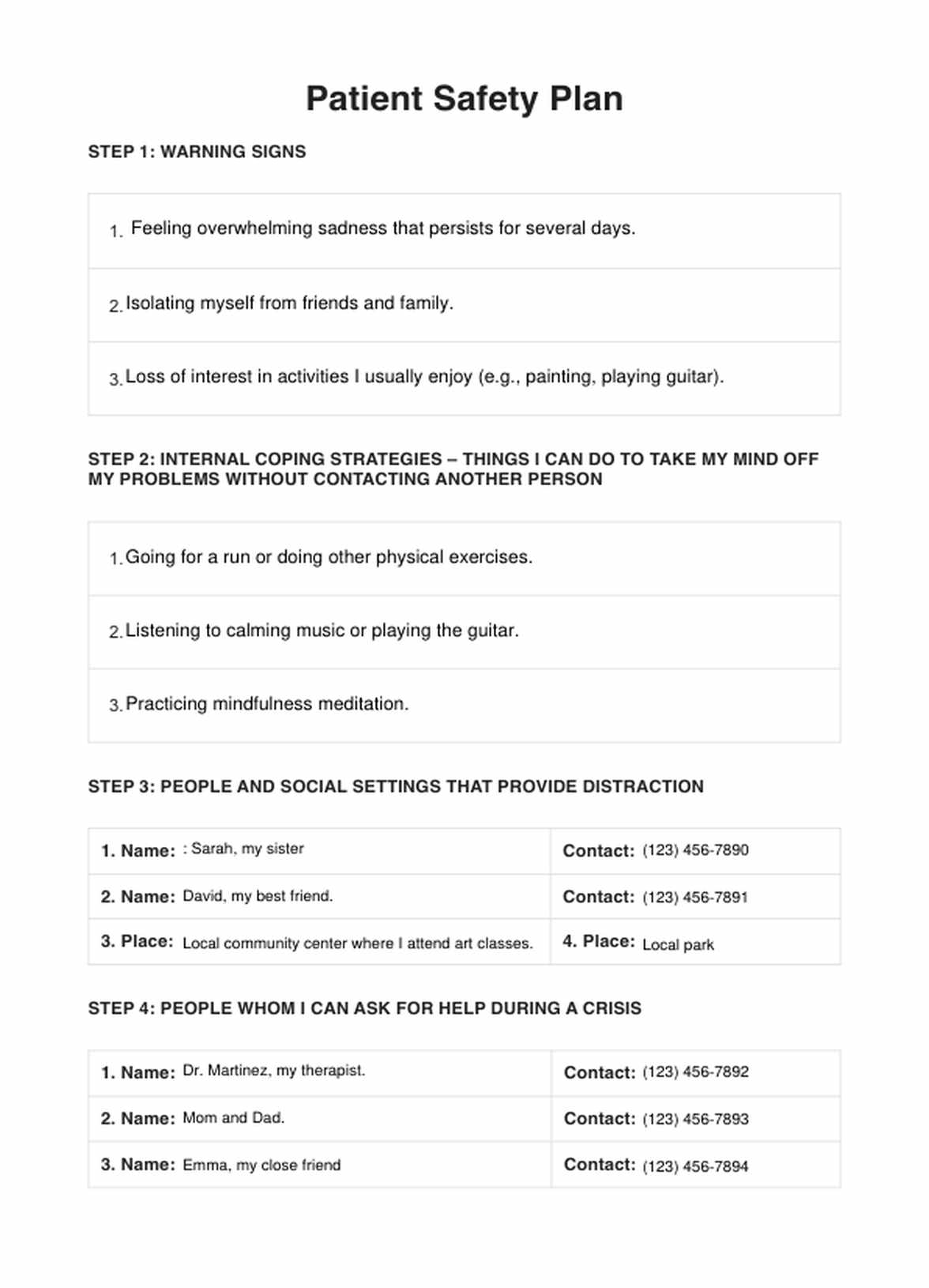

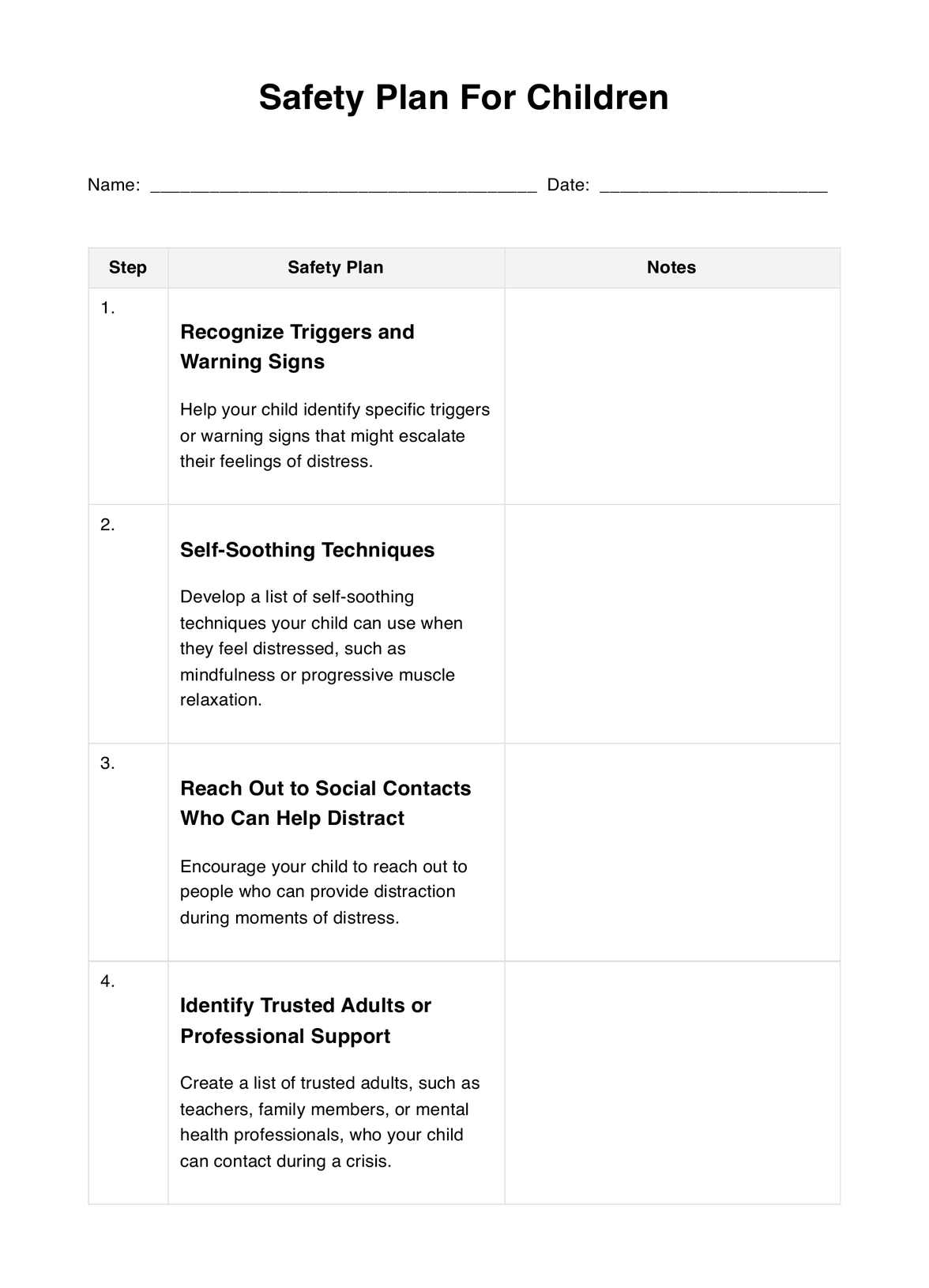














-template.jpg)


